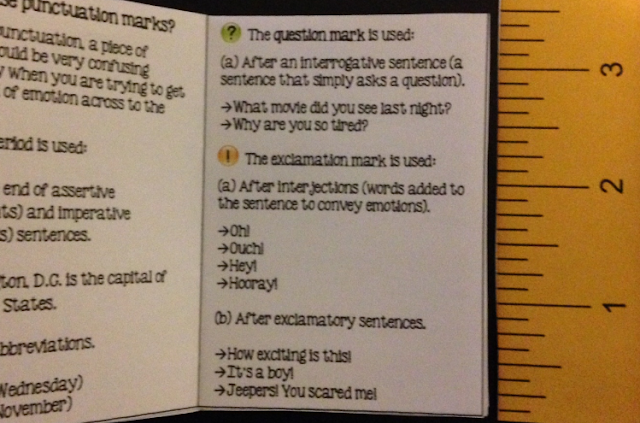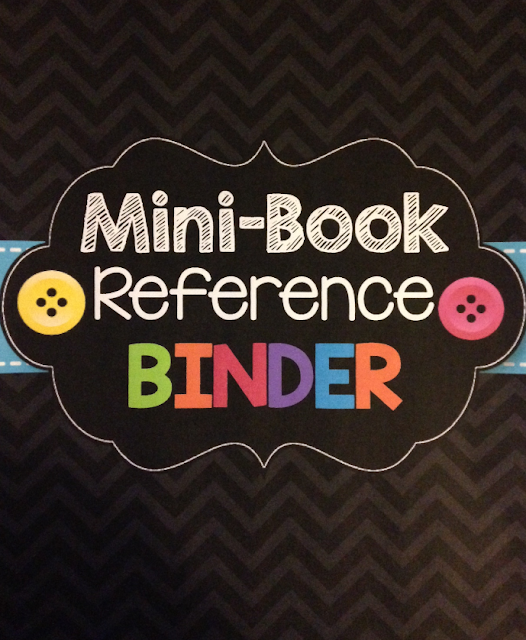So, you ask, what's the ticket to getting your students to class on time? The answer is literally a ticket!
I am happy to report, that for the most part, my students generally
arrive to class on time. Like most teachers, I have the few stragglers
that tend to arrive tardy on a regular basis. It drove me CRAZY to
constantly remind the same students to get to class on time. They would
say, "Yes, tomorrow I will." Then tomorrow would come and the same old
students would be late, yet again.
I knew I had to try something. Something that would encourage my students to get to class on time, so that they were not missing out on the instructions at the beginning of every class.As I was cleaning out my basement storage area, I came across a roll of tickets that were used at a past event that I was a part of. It dawned on me that I could use those tickets in my classroom. Ah ha! I could use the tickets to encourage students to arrive to class on time and they in turn, would be rewarded for their punctuality! Who doesn't love being rewarded for doing something positive every once in a while? Note, I do believe that students should be encouraged and rewarded, but not to the point where they expect it all the time.
I decided on a variety of rewards (you do not necessarily need to spend money). I started this 'ticket system' with my ninth grade students. Since they were transitioning to a new school and still trying to find their way, I thought it would be best to test out this system with them. I had approximately four students who continually came to class late on a daily basis. While this system was not fool proof, I did see improvements in their attendance (even after this little experiment was completed).
As students entered the class on time, I gave them each a ticket. Once the bell rang and students were seated, I began the 'attendance drawings'. I usually had three draws to keep the excitement going. Some prizes I gave included chocolate bars, pencils, homework passes, and even holiday-themed erasers (and they LOVED these!) Even the simplest prizes, the students enjoyed.
So, if you're tired of repeating instructions, talking to the same students about tardiness, and want to reward students who are constantly on time, then try out this system and let me know how it worked for you!











